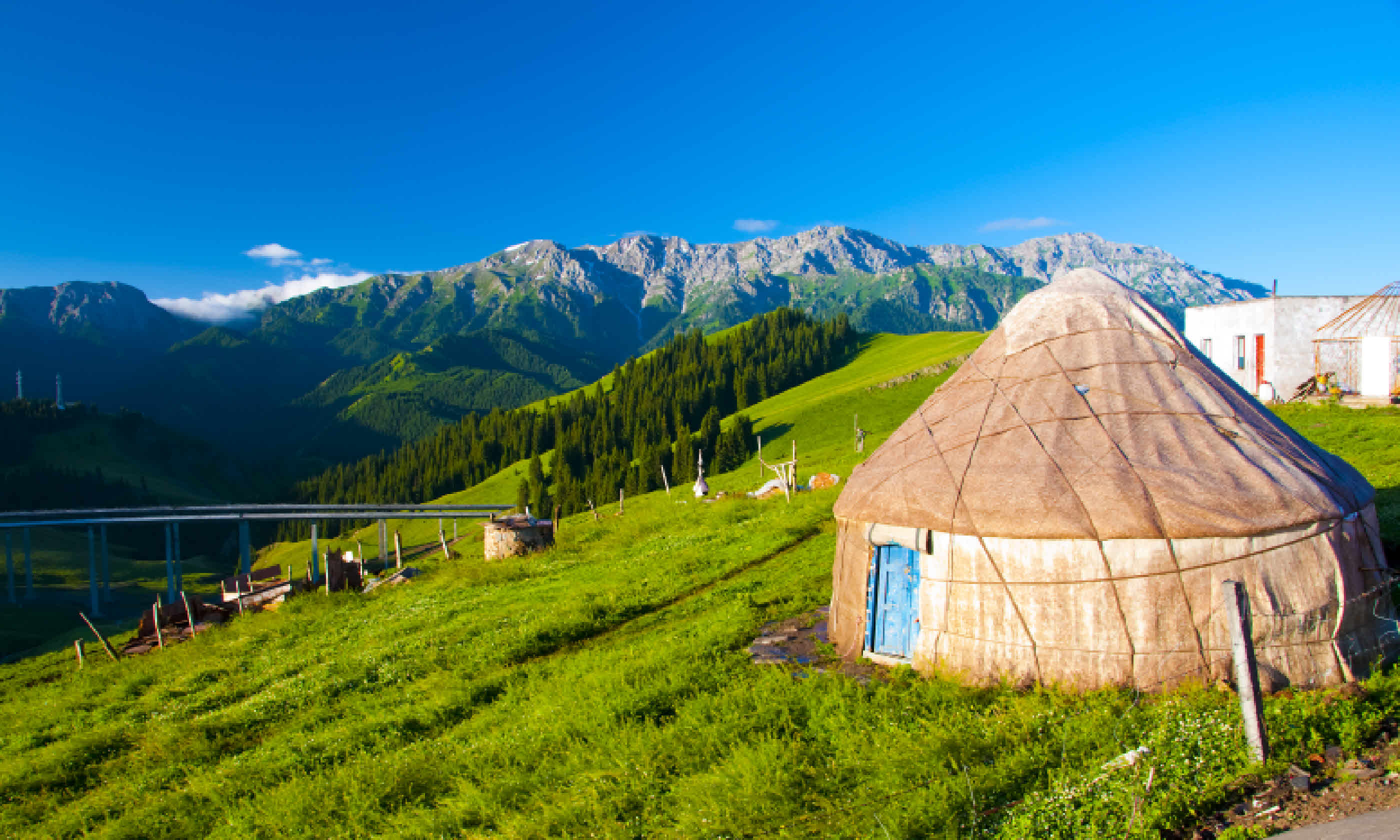
Health in emerging destinations
We all love exploring new destinations – but what are the health risks of more offbeat travel? Dr Jane Wilson-Howarth investigates
It is fun to explore untravelled regions, but how do you prepare when there’s not much information out there and no-one to ask? Will it spook or encourage you if your GP looks blank and says, “You’re going where?”
Health preparations should start with contacting your GP practice nurse. Many childhood immunisations need boosting every ten years; ensure you’re up to date. The populations of many less-travelled destinations may not be immunised so don’t only focus on exotic infections, and keep your own record of which jabs you’ve had.
Next, check the excellent
www.fitfortravel.nhs.uk so you can see which additional immunisations are necessary and whether your destination is malarious. Country guidebooks are also useful; most contain a health chapter giving some background and suggestions of competent clinical facilities should you need them.
The US site, travel.state.gov, is worth a visit too. It contains country-by-country info that will help you decide how comprehensive a medical kit you should carry. Most ordinary travellers need little more than paracetamol and Elastoplasts but when travelling to less well resourced destinations, you can’t rely on being able to source antiseptic and crepe bandage when needed.
Be aware that if you do have to discuss any regular medication with a local doctor, they may not recognise the particular brand name. There are increasing problems with counterfeit medicines and even rabies vaccines in medical supply chains so when planning to travel to less popular destinations it is worth being as fully immunised as possible; pre-trip rabies cover would be wise and emergency antibiotics might come in useful.
Finally, ensure you take out a good travel insurance policy. Don’t go for the cheapest, and check there’s an associated emergency helpline. Declare all you plan to do, including high-altitude accents and any dangerous sports, and reveal any significant past medical history.
Wanderlust’s Top 5 Emerging Destinations...
1. Mongolia
Key concerns: Even in capital Ulan Bator medical facilities are very limited and there are no branded medicaments – know the generic name of any medicines you might need or are allergic to.
What jabs? Ensure your childhood immunisations are boosted. You’ll also need hepatitis A and typhoid cover. Consider rabies, hepatitis B and meningococcus immunisation, plus tick-borne encephalitis jabs if you’re visiting during the summer months.
Odd bugs? Ticks may carry encephalitis but the region is malaria-free.
Did you know? You may be offered a drink called kumis or airag (fermented mare’s milk). It is slightly alcoholic, an acquired taste and may carry a risk of diarrhoea but is probably fairly harmless.
2. Tajikistan
Key concerns: Has some of the world’s poorest medical care. Many health professionals fled the country during the civil war and there are shortages of medicines and clinical supplies. Carry an advanced medical kit.
What jabs? Ensure childhood jabs are up to date as well as hepatitis A, typhoid, rabies and hepatitis B. Malaria is present in some parts, June-October; the advised prophylaxis regime is chloroquine and proguanil.
Odd bugs? There have been reports of Crimean-Congo haemorrhagic fever, which is tick-borne and kills about 30% of victims. There is also sand-fly-borne leishmania.
Did you know? For stays over 90 days you need a certificate confirming you are HIV-free.
3. Venezuela
Key concerns: There are good local health facilities in the cities although these can be expensive and may request up-front payment even if your travel insurance should cover the cost. In case of an accident upcountry, evacuation may prove difficult to arrange.
What jabs? Ensure childhood immunisations are boosted, plus hepatitis A, typhoid and yellow fever. Consider rabies and hepatitis B cover. Malaria is a risk throughout the year: employ good bite prevention measures and take one of the ‘big three’ antimalarials (Malarone, doxycycline or Lariam).
Odd bugs? Dengue fever, spread by day-active mosquitoes, is common. There is plenty of scope for other vector-borne disease including Chagas disease from assassin bug bites; river blindness is on offer too. It is important to avoid bites of all sorts.
Did you know? Schistosomiasis (aka bilharzia) exists here so be aware if you are wild swimming in open fresh water.
4. Taiwan
Key concerns: Very few. Clinical facilities are good, with lots of well-trained English-speaking doctors. There are five species of common venomous snakes.
What jabs? Ensure childhood immunisations are boosted as needed plus hepatitis A. Consider typhoid, Japanese encephalitis, rabies and hepatitis B cover. It is worth getting a flu jab if you can.
Odd bugs? East Asia is the region to acquire weird parasites by way of undercooked seafood; if you are squeamish, choose well-frazzled dishes.
Did you know? Typhoons and tropical monsoon weather affects Taiwan, causing 2,000mm of rain a year and sometimes high humidity; however, you’ll need extra layers for the central mountains, which reach nearly 4,000m.
5. Georgia
Key concerns: Healthcare facilities are basic and medicine supply can be problematic. If travelling with your own medicines, carry a doctor’s authorisation.
What jabs? Immunisation of the local population is improving but is not universal – it’s key that your childhood immunisations have been boosted. It is also worth getting cover against hepatitis A, typhoid and rabies, plus tick-borne encephalitis if visiting during the summer. There is a slight risk of malaria in some parts, June-October, so bite-prevention is wise but no tablets are recommended.
Odd bugs? There is scope for run ins with ticks and leishmania, but also bears, lynx, wolves and even Caucasian leopard in the forests. You may meet one of eight species of venomous snake.
Did you know? Georgia is mountainous, with three peaks over 5,000m, so altitude sickness could be an issue.
Jane Wilson-Howarth’s book The Essential Guide to Travel Health is full of tips for intrepid travel.
Lead image: Nomadic yurt, Mongolia
